
EMBL Grenoble
EMBL’s site in France specialises in structural biology research, instrumentation development, and services
EMBL's site in France specialises in structural biology research, instrumentation development, and services.
Here is the timeline for how it has grown over the years:
2025 - EMBL Grenoble celebrates its 50th anniversary.
2024 - ESRF and EMBL renew their Joint Structural Biology Group (JSBG) agreement after revising it to include new activities and joint developments, particularly life science X-ray imaging. Consequently, they also rename the partnership to the Joint Structural Biology and Bioimaging Group (JSBIG).
2022 - The Partnership for Structural Biology celebrates its 20th anniversary.
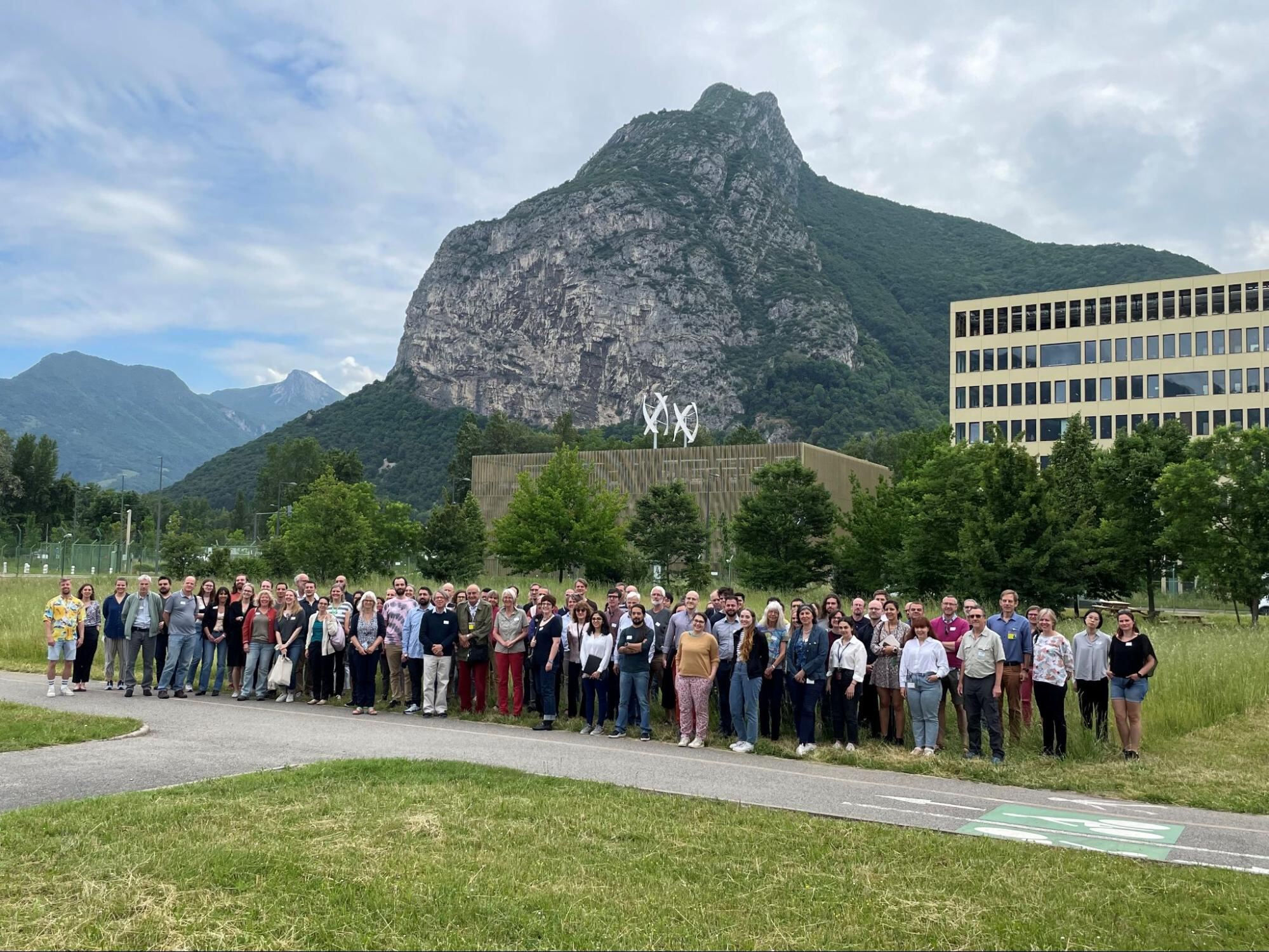
2022 - ID29, a new time-resolved serial crystallography beamline, opens.
2022 - EMBL appoints Kristina Djinovic Carugo as its fourth Head of EMBL Grenoble.
2021 - EMBL Grenoble becomes an Instruct Center.
2021 - EMBL and IAB sign a Memorandum of Understanding.
2020 - ESRF updates its structural biology beamlines to become the world's first fourth-generation synchrotron (ESRF-Extremely Brilliant Source).
2019 - EMBL Grenoble creates another spin-off, ALPX, that helps accelerate drug development.
2019 - A Glacios cryo-electron microscope is added to the EMBL Grenoble cryo-electron microscopy facility.
2018 - EMBL refurbishes the ID23-2 beamline, coinciding with the development of the MD3Up, the latest generation of microdiffractometer.
2017 - The EPN campus opens up a new cryo-electron microscopy beamline (CM01).
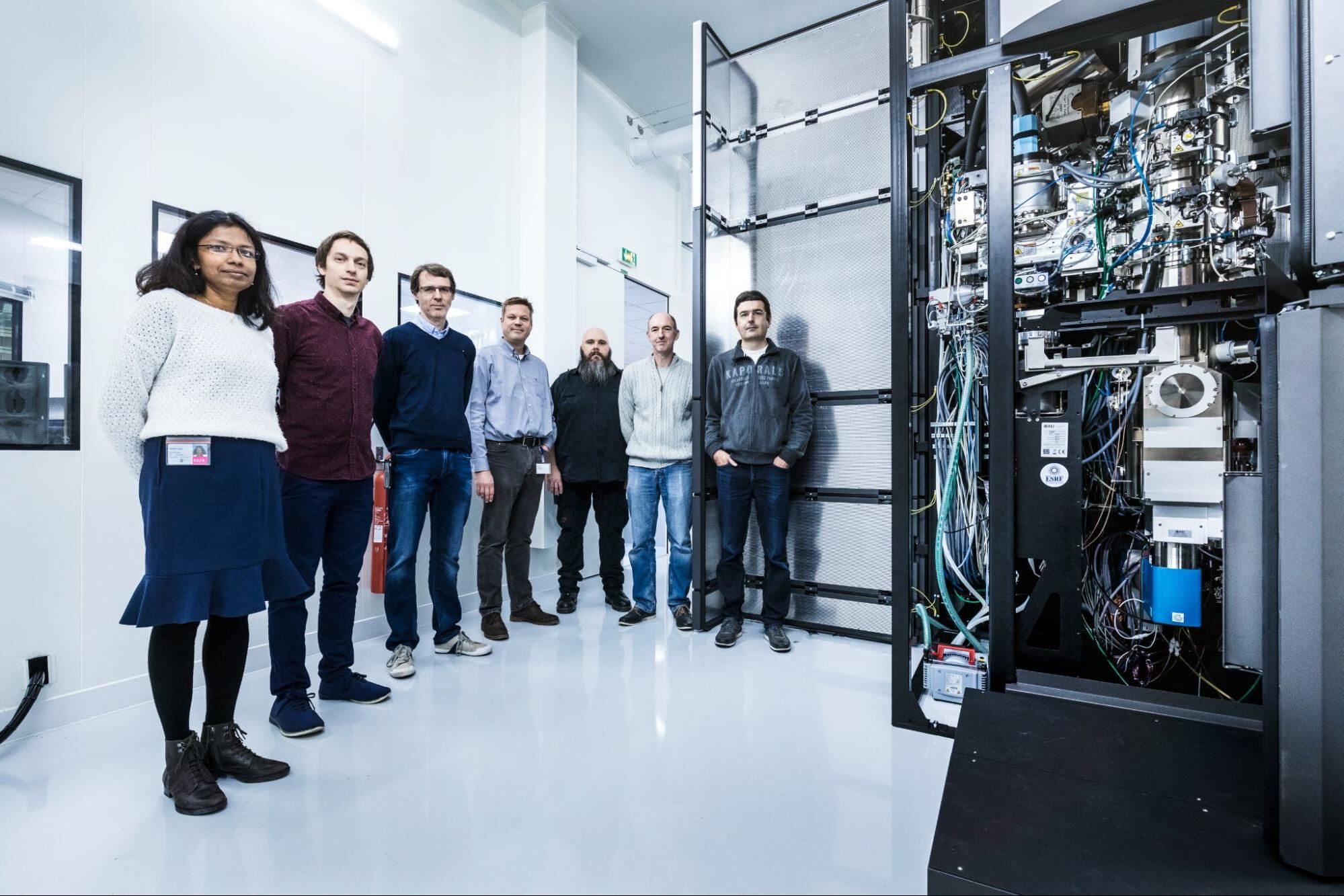
2017 - EMBL and ESRF renew collaboration agreement.
2016 - EMBL Grenoble establishes its cryo-electron microscopy facility.
2016 - EMBL inaugurates its upgraded high-throughput crystallography platform (HTX).
2015 - EMBL Grenoble celebrates 40 years.
2014 - MASSIF-1, the first automated beamline dedicated to structural biology opens.
2009 - EMBL Grenoble creates a spin-off, Savira Pharmaceuticals.
2009-2015 - EMBL Grenoble, together with UJF and CNRS establish and operate the International Unit of Virus Host Cell Interactions (UVHCI) to foster internationally competitive research in structural and molecular biology, focusing on host-pathogen interactions.
2006 - The campus inaugurates the Carl-Ivar Brändén Building (CIBB), which hosts the Partnership for Structural Biology (PSB) and the Unit of Host Cell Virus Interaction (UVHCI).
2005 - EMBL and ESRF install the first 'production' robotic sample changers (SC3) with a standardised 'SPINE' sample holder on the JSBG beamlines.
2005 - The campus commissions its first microfocus beamline, inspiring similar beamlines elsewhere.
2002 - Neighboring institutes create the Partnership for Structural Biology (PSB), a joint venture that includes ILL, ESRF, IBS, CNRS, and the UJF.
1999 - A new Memorandum of Understanding between the Université Joseph Fourier (UJF) and EMBL facilitates PhD student training.
1999 - The first microdiffractometer (MD1) is installed on ID13, leading the foundation for all the other instruments made in Grenoble.
1996-present - The ESRF-EMBL Joint Structural Biology Group (JSBG) is established to co-develop state-of-the-art user facilities at ESRF.
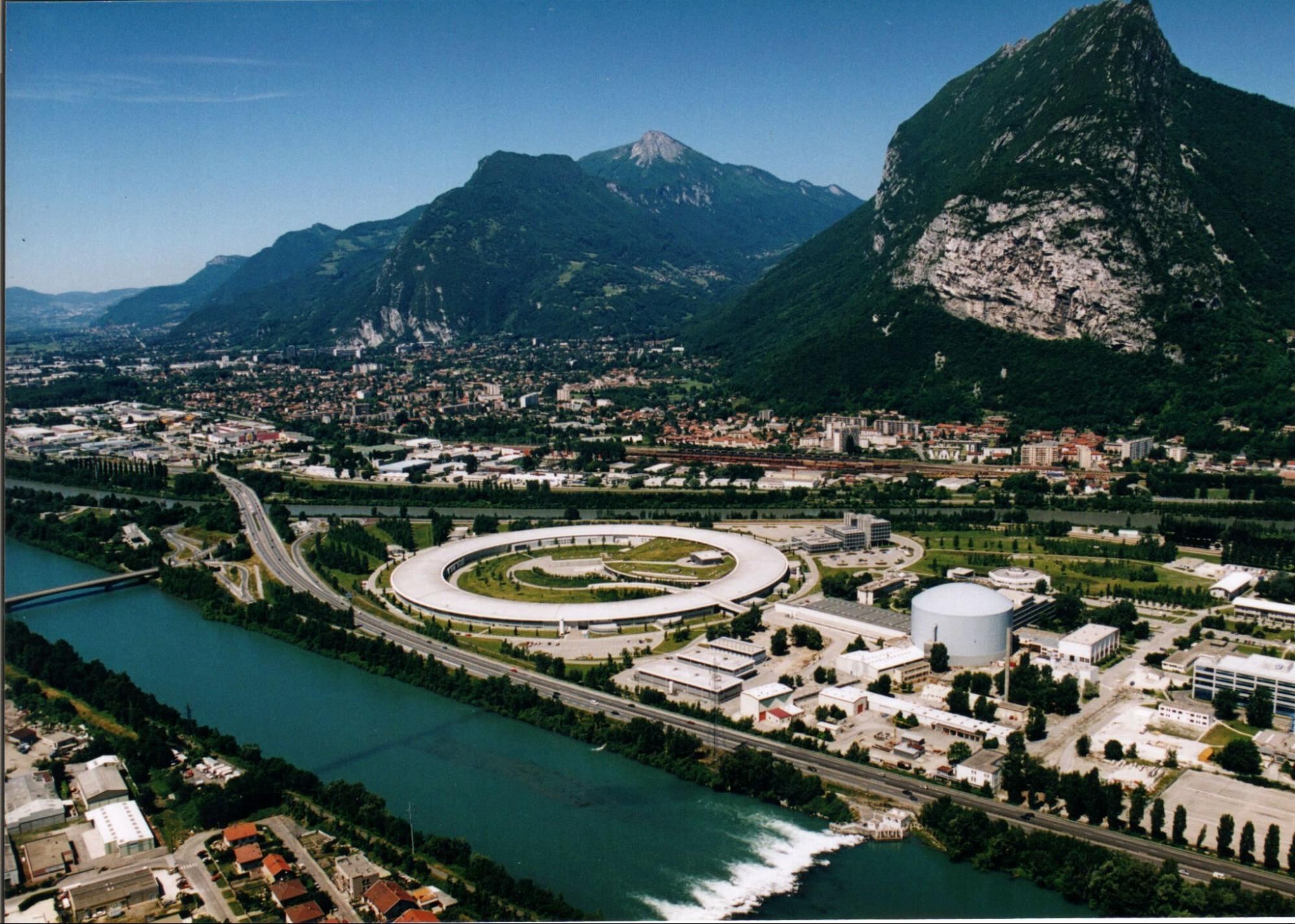
1994 - The European Synchrotron Radiation Facility (ESRF), the world's first third-generation synchrotron, opens, including a precision automated microdiffractometer that expands the use of X-ray crystallography and broadens the scope of structural biology.
1989 - EMBL appoints Stephen Cusack as its third Head of EMBL Grenoble (1989-2022).
1980s - Scientists develop neutron-scattering techniques and instrumentation that results in a joint ILL/EMBL neutron diffractometer that uses an image plate detector.
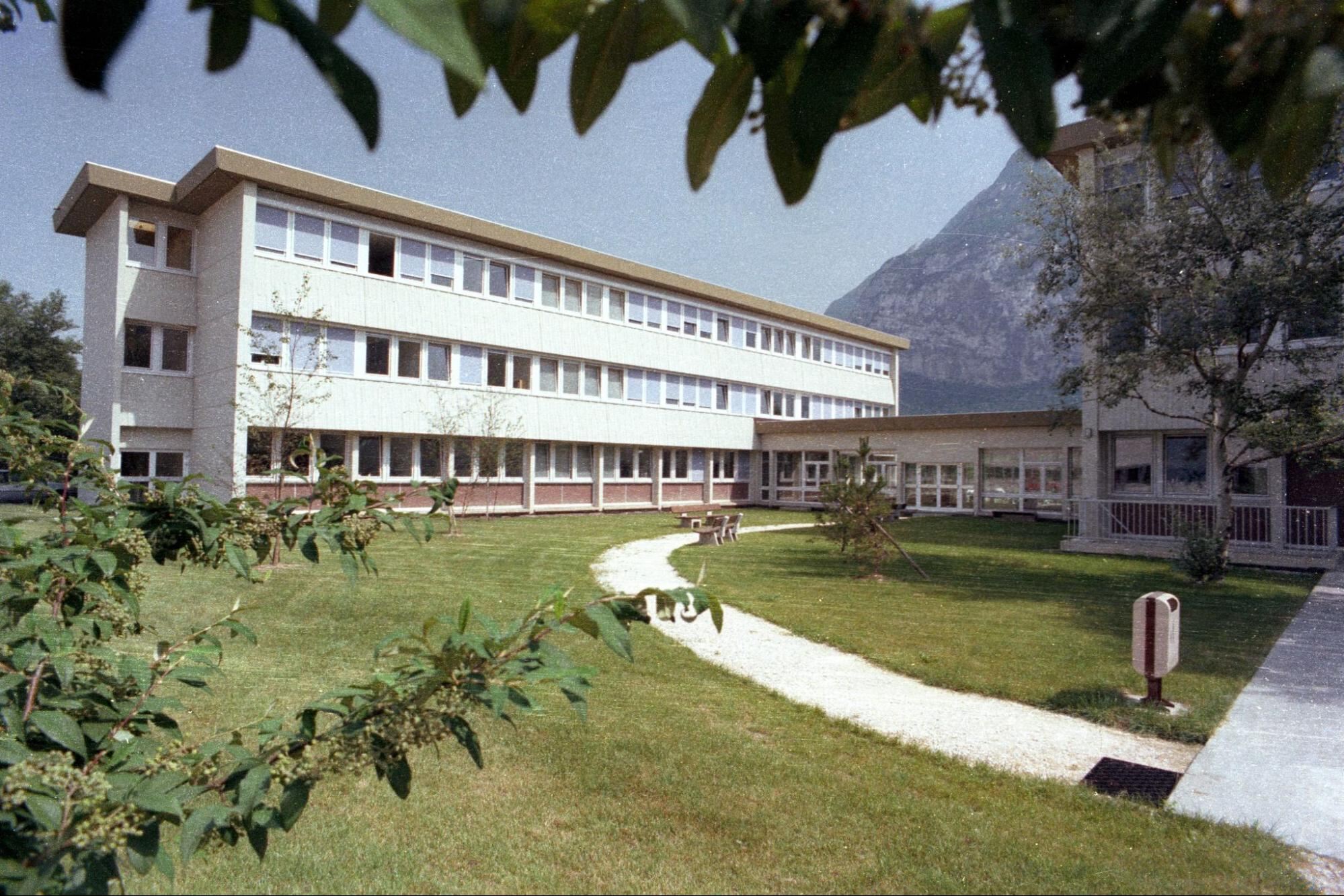
1980 - EMBL appoints Bernard Jacrot as its second Head of EMBL Grenoble (1980-1989).

1975 - EMBL appoints Andrew Miller as its first Head of EMBL Grenoble (1975-1980)
1975 - EMBL signs agreement with the Institut Laue Langevin (ILL) to establish a French site in Grenoble to use neutron beams to investigate biological structures.

EMBL’s site in France specialises in structural biology research, instrumentation development, and services
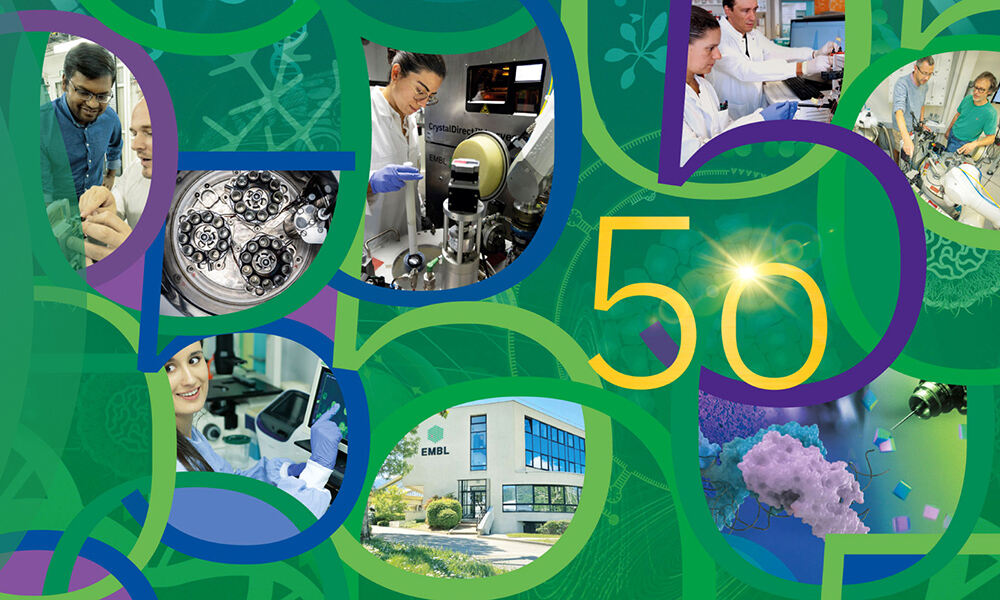
EMBL Grenoble celebrates its milestone anniversary with staff, alumni, and partners

Since 1974, EMBL has been leading the way in European life sciences